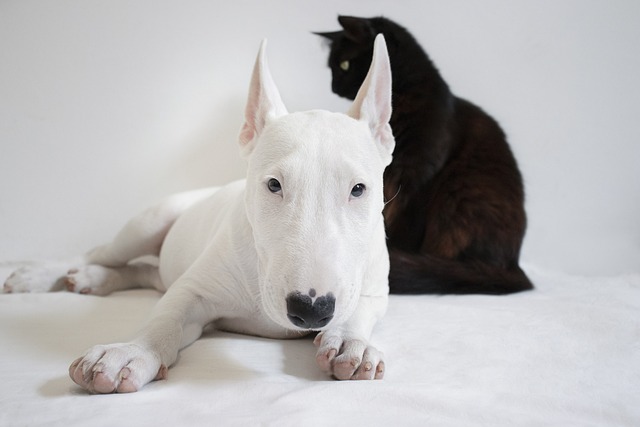
What is the most common dog allergy
I sat with my friend Lena at a coffee shop last week, where she was scrolling through allergy blogs—her 6-year-old son
Many new dog owners dream of welcoming a big, cuddly companion but worry about keeping up with intense exercise needs. It’s a common misconception that all large breeds require hours of daily runs—some thrive with more low-key routines, making them perfect for busy households or those living in apartments. Understanding which big dogs fit this mold starts with looking at their history: breeds originally bred for companionship or calm work often have lower energy levels than those built for herding or hunting.
When considering a low-exercise big dog, it’s key to pair breed traits with practical care. Take the English Mastiff, for example—these gentle giants love napping but still need short, daily walks to stay healthy. Aim for 20-30 minutes twice a day; this keeps their joints moving without tiring them out. Always use a well-fitted harness instead of a collar to protect their necks, and pick shaded routes on hot days—their large bodies overheat easily. This balance of movement aligns with positive training principles, as it keeps your dog mentally and physically content without stress.
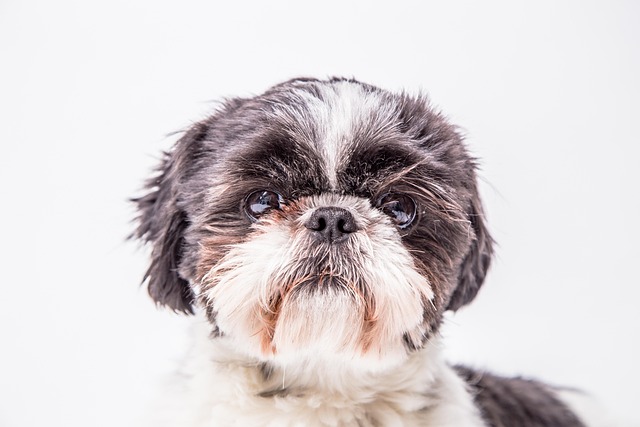 Living in an apartment with a big, low-exercise dog works, but it requires attention to community rules and your dog’s needs. Most areas mandate up-to-date vaccines (like rabies) by law, so keep those records handy. When taking your dog outside, always clean up after them—neighborhoods take this seriously, and it’s a basic part of being a responsible owner. Inside, set up a cozy spot with their bed and toys; even calm dogs need a space to call their own. Avoid leaving them alone for too long, though—large breeds can get anxious, which might lead to destructive behavior, even if they don’t need much exercise.
Living in an apartment with a big, low-exercise dog works, but it requires attention to community rules and your dog’s needs. Most areas mandate up-to-date vaccines (like rabies) by law, so keep those records handy. When taking your dog outside, always clean up after them—neighborhoods take this seriously, and it’s a basic part of being a responsible owner. Inside, set up a cozy spot with their bed and toys; even calm dogs need a space to call their own. Avoid leaving them alone for too long, though—large breeds can get anxious, which might lead to destructive behavior, even if they don’t need much exercise.
Choosing a big dog that doesn’t need lots of exercise isn’t just about convenience—it’s about matching your lifestyle to their needs. Breeds like the Great Dane or Bullmastiff are great choices, but remember: every dog is an individual. Spend time with a potential pet before bringing them home to make sure their personality fits. And always prioritize positive reinforcement over punishment—this is not just a cultural norm in many places, but it also builds trust between you and your dog. With the right care, your big, low-energy companion will be a happy part of your family for years.
Big dogs that don’t require excessive exercise can be wonderful pets for new owners, as long as you stay mindful of their health, local laws, and community etiquette. From short daily walks to keeping up with vaccines, small, consistent steps make a big difference. By focusing on their unique needs and treating them with kindness, you’ll create a loving environment where both you and your gentle giant can thrive.

I sat with my friend Lena at a coffee shop last week, where she was scrolling through allergy blogs—her 6-year-old son
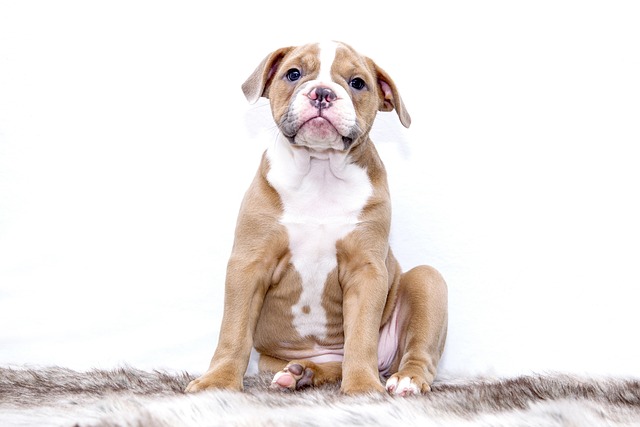
You’ve noticed it lately—your playful pup who used to sprint after squirrels now prefers a leisurely sniff around the yard, and that gray muzzle is becoming more pronounced.
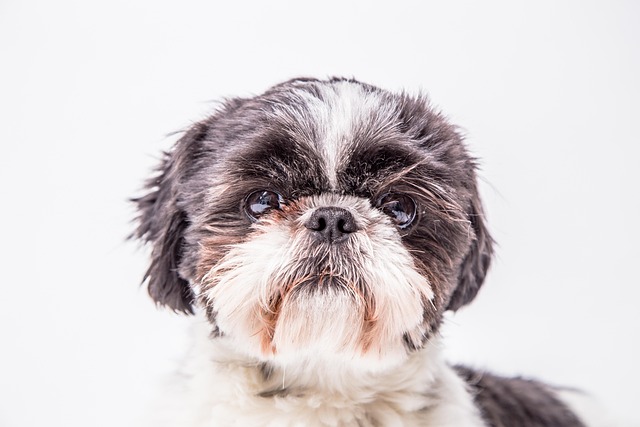
Many new dog owners dream of welcoming a big, cuddly companion but worry about keeping up with intense exercise needs.
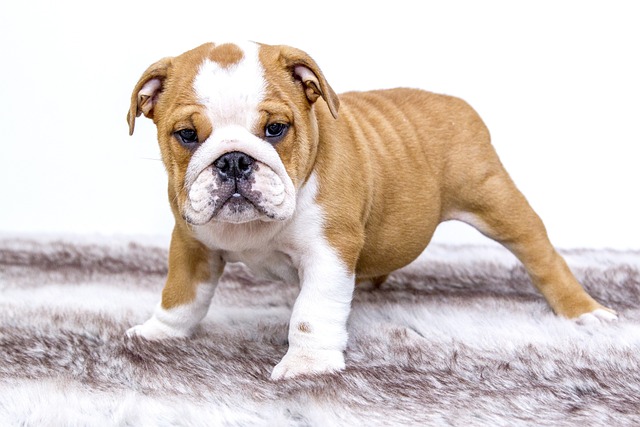
I sat with my neighbor Mrs. Henderson on her porch last night, as her 12-year-old Labrador, Molly, curled up at her feet. “I worry about her when we go to bed
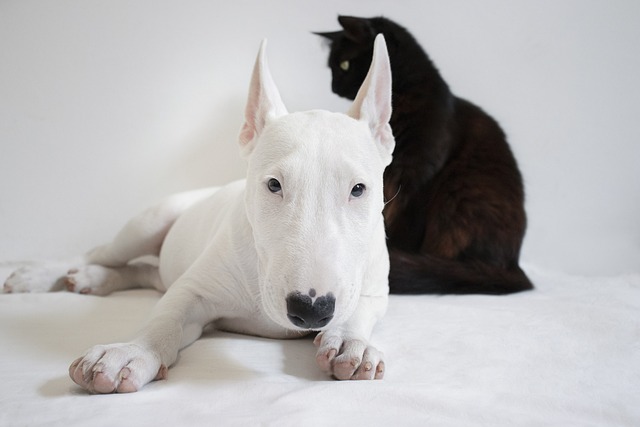
I spent a Saturday afternoon helping my cousin Maya prep for her new 8-week-old Golden Retriever puppy, Max—she had a cart full of cute sweaters and chew toys but forgot the basics
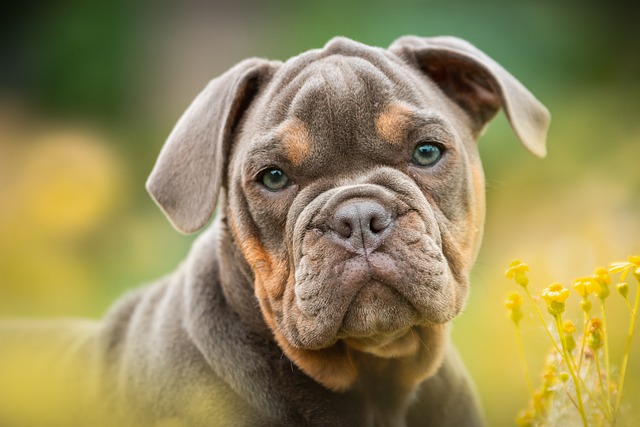
I sat with my friend Sarah in her living room last week, watching her 6-year-old Cocker Spaniel, Lila—who was diagnosed with early kidney disease